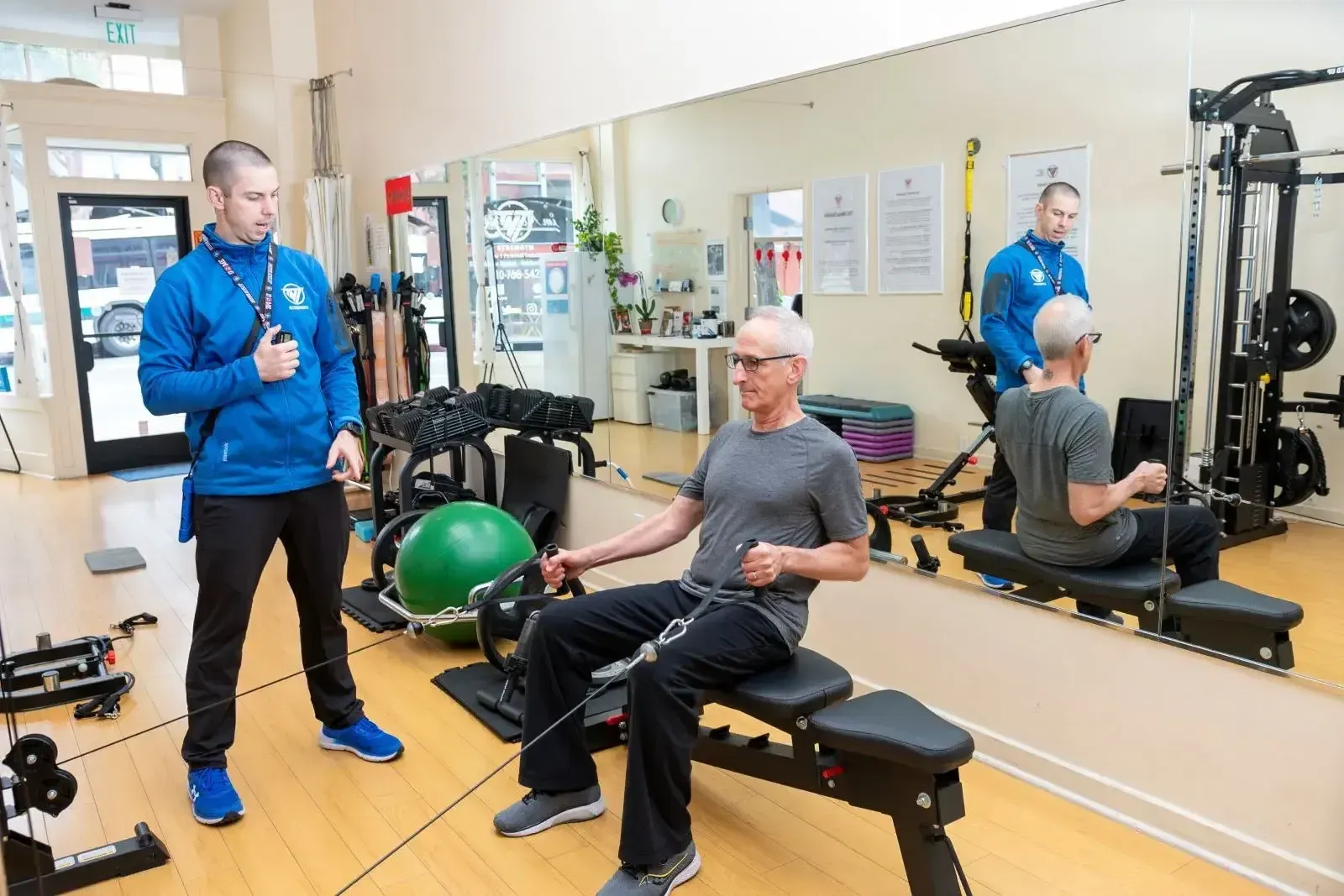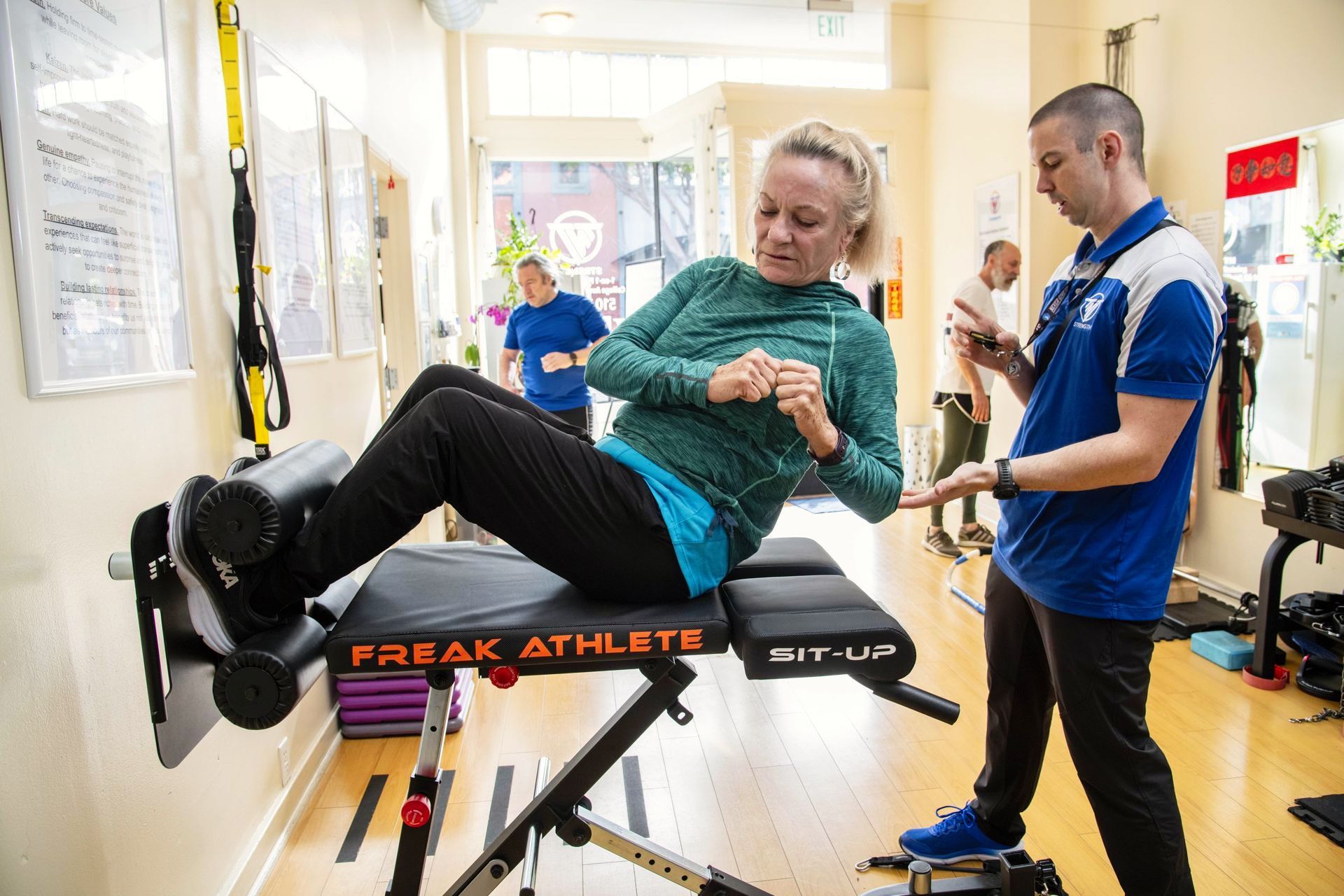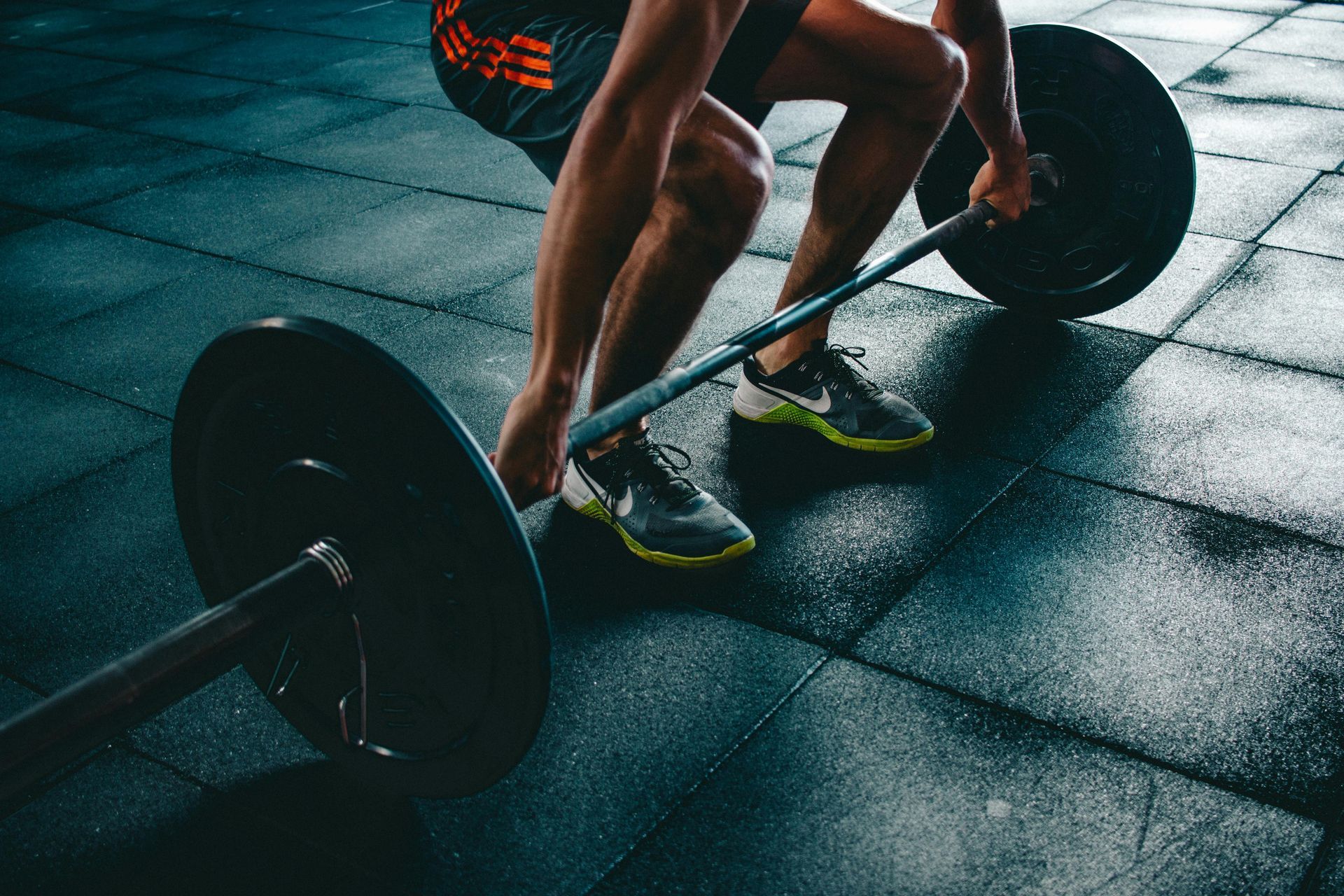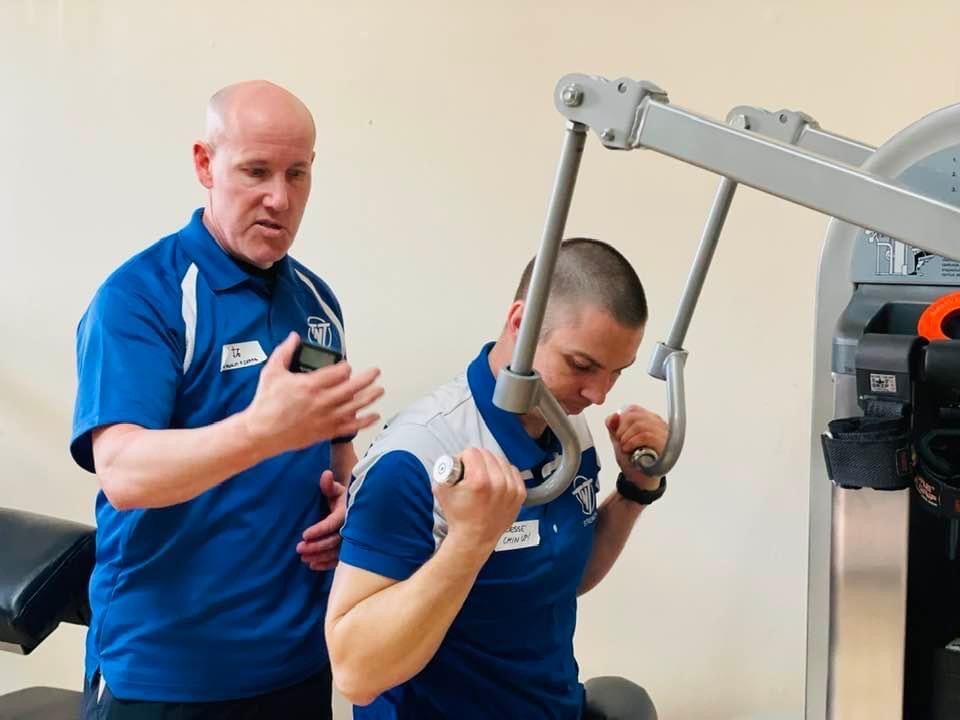Why Range of Motion Is Overrated—And What Matters More
When it comes to strength training, few concepts are as misunderstood—and blindly worshipped—as range of motion (ROM). If you've been told that full ROM is always better, I’m here to challenge that dogma. At TNT Strength, we’re not here to chase trends—we’re here to pursue truth, even if it means ruffling a few feathers. So let’s dig in.
The ROM Myth: More Isn’t Always Better
The mainstream fitness narrative often preaches: “Use a full range of motion to maximize muscle activation and joint health!” And sure, that sounds nice on paper. But in the real world—where joints have histories, bodies aren’t symmetrical, and strength is built under tension—this advice can be not only misguided but downright harmful.
Don’t get me wrong: range of motion has its place. But blindly chasing extreme ROM at the expense of form, control, and joint integrity? That’s a fast track to pain, not progress.
At TNT Strength, our guideline is simple:
“Use movement you can control, through a range of motion that is structurally pain-free.”
That’s it. Simple. Sustainable. Safe.
What Matters More Than ROM?
Let’s get something straight: the ultimate goals of strength training are safety, effectiveness, and progress over time.
Here’s what actually drives strength and muscle gains:
- Mechanical Load
- Progressive Overload
- Training to Momentary Muscular Failure
Let’s break these down.
1. Mechanical Load: The Muscle Doesn’t Know “ROM”—It Knows “Tension”
Your muscles don’t care if your squat hits parallel or not. They respond to tension, not distance. A controlled, safe range that maximizes tension will always be more productive than a sloppy “deep” rep that grinds your joints into paste.
Research backs this up. A 2020 study published in Frontiers in Physiology concluded:
"Muscle hypertrophy can be optimized even when resistance training is performed in partial range of motion, provided there is sufficient mechanical tension and effort."
Frontiers in Physiology, 2020 –
https://www.frontiersin.org/articles/10.3389/fphys.2020.00447/full
2. Progressive Overload: Consistency Beats Extremes
Progress isn’t about showing off circus ROM or maxing out on day one. It’s about gradual, consistent increase in either load or reps over time—within your own biomechanical limits.
A 2014 review in the Journal of Strength and Conditioning Research found that progressive overload and training intensity were the key variables in strength and hypertrophy—not range of motion.
J Strength Cond Res, 2014 –
https://journals.lww.com/nsca-jscr/fulltext/2014/10000/The_Effect_of_Resistance_Training_Volume_on.33.aspx
3. Training to Failure: Effort Trumps Everything
Want the best results? You’ve got to push to momentary muscular failure—that point where another perfect rep just isn’t possible.
In a 2012 study published in Sports Medicine, researchers concluded that effort-based training (especially taken to failure) was a more reliable predictor of strength and size gains than ROM.
Sports Med, 2012 –
https://link.springer.com/article/10.2165/11597150-000000000-00000
So... Should You Ignore ROM Completely?
No. But don’t let it be the boss of your workout. Here’s what we recommend:
- Use a ROM that allows you to control the load 100%—no bouncing, no cheating.
- Avoid painful or awkward joint positions—even if a trainer says “deeper is better.”
- Focus on muscular effort, not how far you move the weight.
If that means your push-up is only halfway down, or your squat is a few inches shy of parallel—so be it. If you’re training intensely, consistently, and safely, you’re ahead of the curve.
TAKU's NOTE:
At TNT Strength, we don’t follow fitness fads—we follow science and results. And the science is clear: Load, effort, and safety matter more than arbitrary ideas of “full range.”
So stop chasing ROM like it’s a badge of honor. Instead, train smart. Train hard. And above all, train within your own unique limits.
Your joints will thank you. And your muscles? They’ll grow just fine.
Stay strong,
LB
Liam “TAKU” Bauer
Co-Founder, TNT Strength
Truth Not Trends Podcast Host
Ready to train smarter, safer, and stronger? Book your FREE Intro Consultation at
TNTStrength.com
References Recap:
1. Frontiers in Physiology, 2020 – ROM and Muscle Growth
2. Journal of Strength and Conditioning Research, 2014 – Volume vs. Load
3. Sports Medicine, 2012 – Training to Failure & Effort
Experience the TNT Strength difference with a free workout.
START YOUR FITNESS TRANSFORMATION WITH A
FREE WORKOUT
Complete the form and we'll set up an appointment for you.











